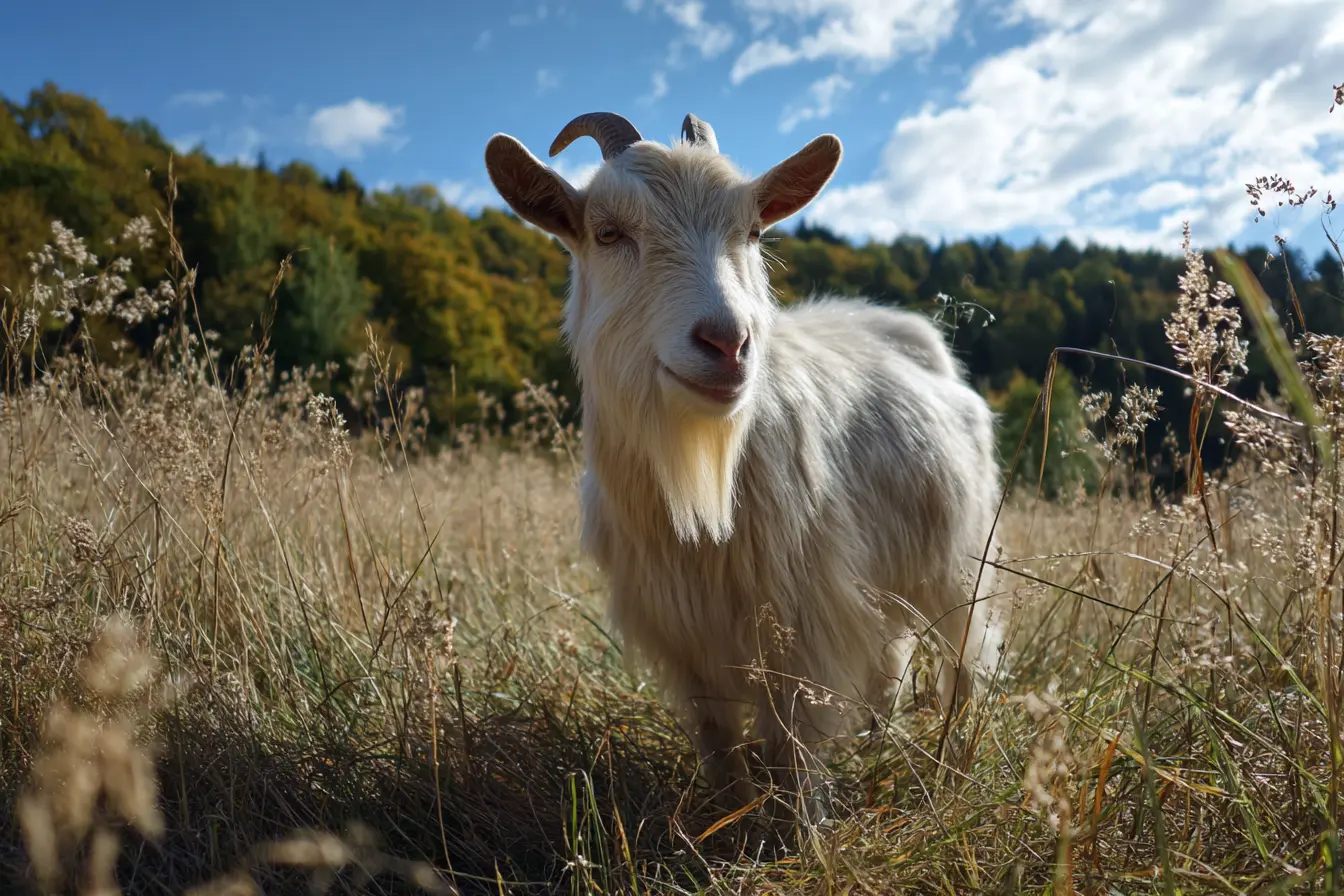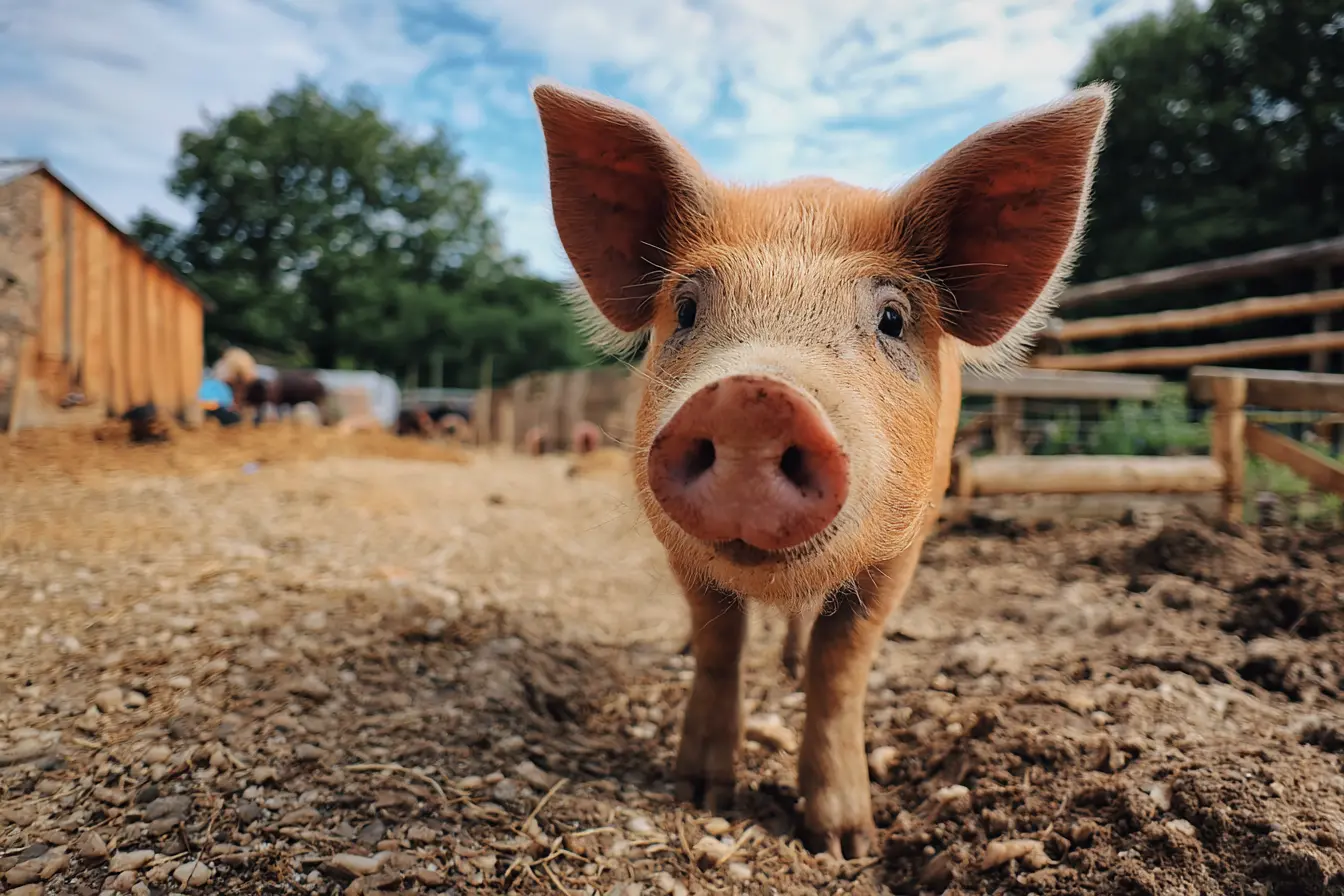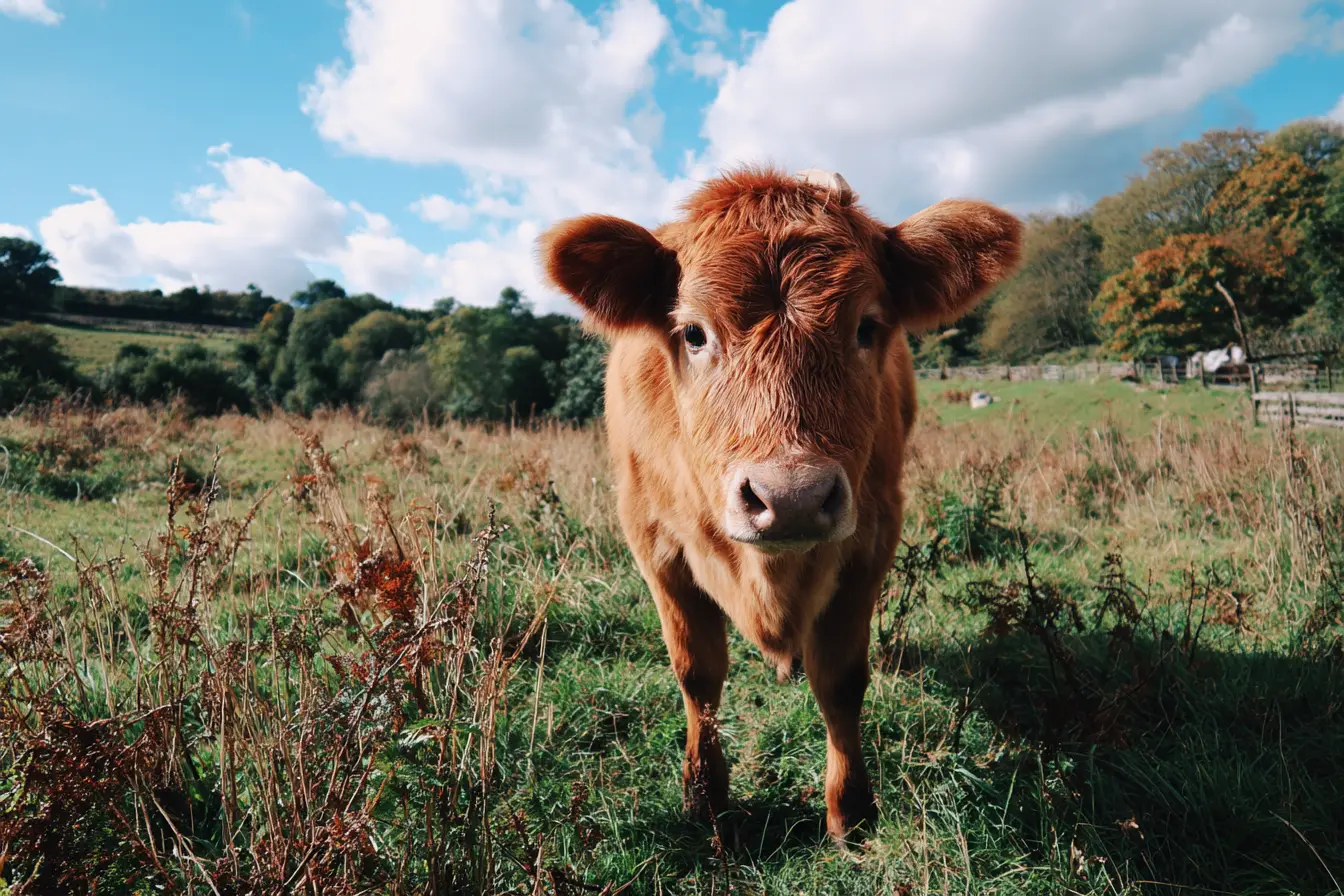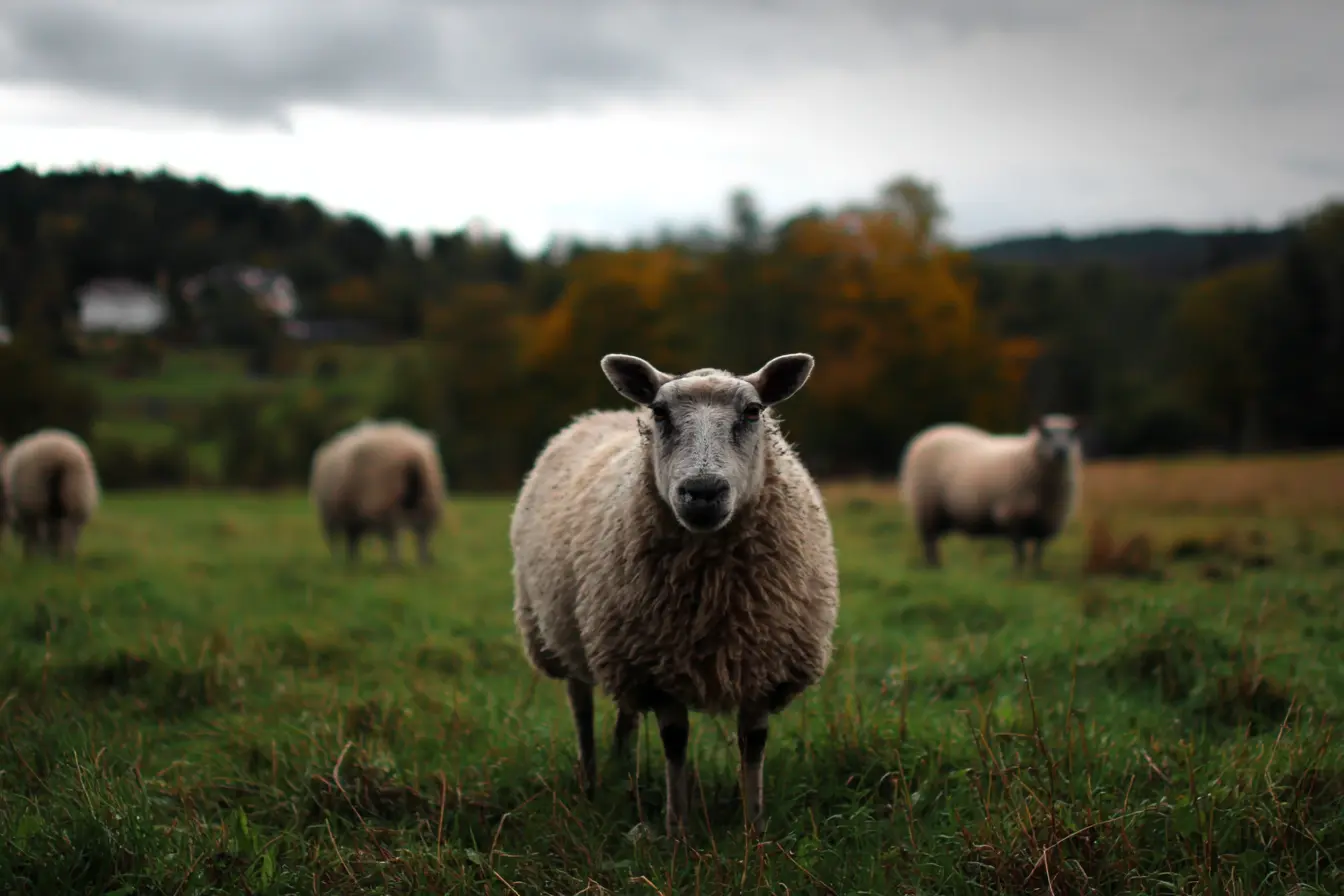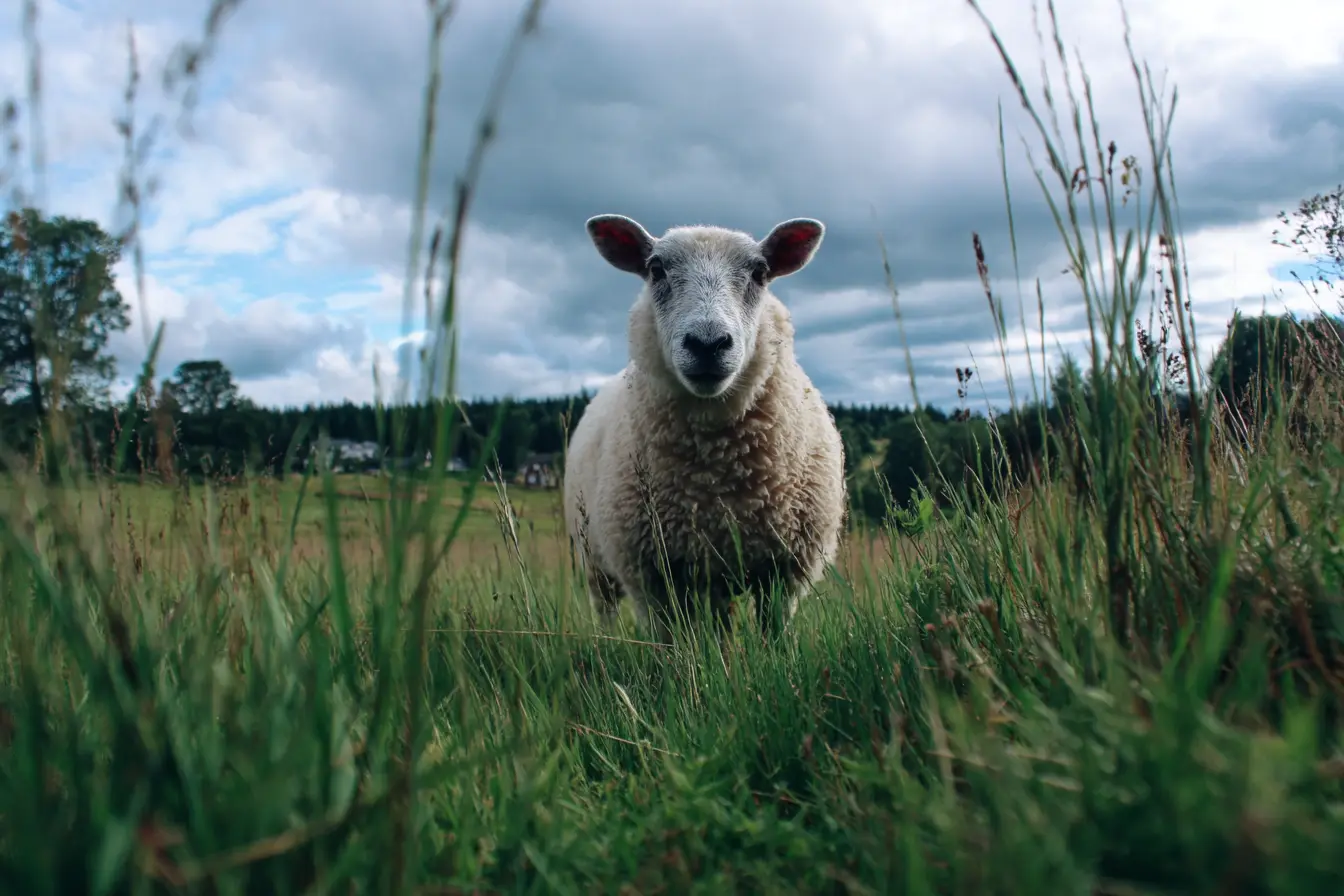
Johne’s Disease in Livestock
Johne’s disease, also known as paratuberculosis, is a chronic bacterial infection that affects the intestines of ruminants. It poses a significant threat to livestock health, farm profitability, and the sustainability of rural businesses. In this guide, we’ll cover what Johne’s disease is, how it spreads, its economic impact, diagnostic challenges, control strategies, and the latest developments in managing this insidious infection.
What is Johne’s Disease?
Johne’s disease is caused by the bacterium Mycobacterium avium subspecies paratuberculosis (MAP). It primarily affects cattle, sheep, goats, and deer. The disease causes progressive thickening of the intestinal walls, leading to chronic weight loss and diarrhoea in advanced stages.
Key points about Johne’s disease:
- It is a slow-developing disease, with symptoms often appearing years after initial infection.
- Infected animals shed the bacteria in their faeces, contaminating the environment and infecting other animals.
- There is currently no cure or effective treatment once clinical signs develop.
How Does Johne’s Disease Spread?
The main route of transmission is the faecal-oral route. Young animals, particularly calves, lambs, and kids, are most susceptible to infection. They typically become infected by:
- Ingesting contaminated colostrum, milk, or feed.
- Contact with contaminated bedding, water, or soil.
- Contact with infected adult animals, especially in crowded housing conditions.
Infected animals can shed MAP long before clinical signs appear, making detection and control especially challenging.
Clinical Signs of Johne’s Disease
Johne’s disease has a long incubation period, often 2–6 years. Clinical signs include:
- Progressive weight loss despite a good appetite.
- Chronic diarrhoea in cattle (less common in sheep and goats).
- Reduced milk production.
- Poor body condition and lethargy.
These signs can be mistaken for other causes of weight loss or scouring, complicating diagnosis.
Economic Impact on Farms
Johne’s disease can have a devastating financial impact, particularly in dairy and beef herds:
- Decreased milk yield in dairy cattle.
- Increased culling rates and replacement costs.
- Reduced growth rates and fertility in beef cattle and sheep.
- Loss of market value due to poor body condition and disease status.
- Long-term environmental contamination, making it difficult to eliminate infection from the farm.
Diagnosis and Testing
One of the greatest challenges in managing Johne’s disease is diagnosis. There are several testing options:
- Faecal Culture: Highly specific but slow (up to 16 weeks for results).
- PCR (Polymerase Chain Reaction): Faster results (a few days) and good specificity.
- Blood or Milk ELISA (Enzyme-Linked Immunosorbent Assay): Detects antibodies but can miss early infections and produce false negatives.
No single test is perfect. Testing typically involves a combination of these methods, repeated over time, to identify infected animals.
Control and Prevention Strategies
Johne’s disease control requires a multi-faceted, long-term approach:
- Hygiene and Calf Management: Prevent young animals from ingesting infected faeces by providing clean calving pens, feeding pasteurised colostrum, and promptly removing calves from dams.
- Culling and Segregation: Identify and cull infected animals as early as possible. Segregate high-risk animals (e.g., daughters of infected cows).
- Testing: Conduct regular herd testing to monitor disease prevalence and identify shedding animals.
- Biosecurity Measures: Maintain closed herds where possible and avoid buying animals from high-risk herds.
- Pasture Management: Rotate pastures to reduce environmental contamination, although MAP is highly resistant and can survive in soil and water for extended periods.
Recent Developments and Research
Advances in diagnostic tools and vaccine research offer hope for improved control:
- Diagnostic Advances: Research is ongoing to develop more sensitive and rapid tests, including novel biomarkers and molecular diagnostic techniques.
- Vaccine Research: Experimental vaccines are being evaluated, though no commercially licensed vaccine is available in the UK at present. Australia and some other countries use killed vaccines under specific conditions.
- Genetic Selection: There is interest in breeding livestock with increased resistance to Johne’s disease, though this is still in its early stages.
Practical Considerations for Farmers and Vets
For farmers:
- Work closely with your vet to develop a Johne’s disease management plan tailored to your herd or flock.
- Focus on preventing infection in young animals, as early-life exposure is the primary route of disease spread.
- Understand that control is a long-term commitment and requires consistent management changes.
For vets:
- Stay updated on diagnostic tools and interpretation of results.
- Educate farmers about the hidden nature of Johne’s disease and its impact on herd health and farm profitability.
- Advocate for comprehensive herd health planning that includes Johne’s control.
Conclusion
Johne’s disease is a serious, long-term challenge for livestock farming in the UK and worldwide. While there is no silver bullet to eliminate the disease, proactive management strategies can reduce its impact and protect the health of your animals and the future of your farm business.
If you have experience with Johne’s disease or would like to discuss control measures for your herd, please feel free to share your insights or ask questions below. Let’s keep this conversation going and support each other in building healthier, more sustainable farms.
Vets near you
Speciality vets
- Aquatics vet specialists
- Birds vet specialists
- Camelids vet specialists
- Cats vet specialists
- Cattle vet specialists
- Deer vet specialists
- Dogs vet specialists
- Equines vet specialists
- Exotic vet specialists
- Goats vet specialists
- Pigs vet specialists
- Poultry vet specialists
- Sheep vet specialists
- Small Mammals vet specialists
- Wild vet specialists
